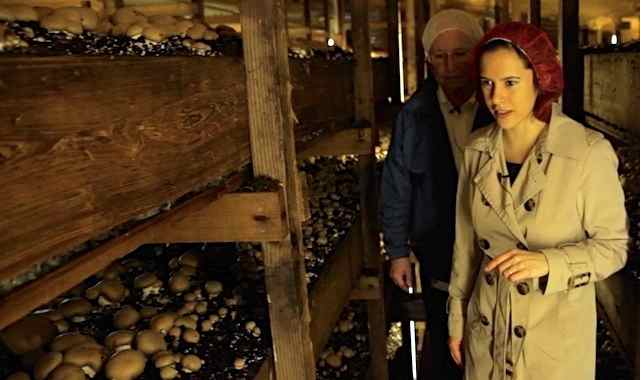When we took a video camera into the heart of Philadelphia to ask passersby how foods like coffee, rice and cinnamon grow, the answers — or rather, the inability to answer — was staggering.
Almost across the board, if the interviewee was over the age of 60, they did well on our pop quiz. If they were younger, no matter their gender or race, they struggled.
“What is flour made from?” a man said, pondering the question. “I have no idea.”
“Rice? I should know how rice grows — I’m Indian!” a young woman of Indian heritage exclaimed.
While this test was far from scientific, it presents stirring evidence of the disconnect we have when it comes to our food sources. Of course, we don’t need to know how our food grows in order to get it — we only need to follow the fluorescent glow of the supermarket to find a cross-section of the planet’s produce and enough prepackaged calories to forget that natural foods don’t come in a box.
A recent Australian survey reported that 20 percent of its nation’s children believe that pasta comes from animals and 27 percent think that yogurt comes from plants. More than one nutrition educator here in the US has personally told us about a student who didn’t know that French fries are made from potatoes.
But does it matter?
Let’s start with the obvious connection: health. What child would agree to swap her deep-fried French fries for roasted fingerlings if she’s blind to the fact that they’re also potatoes?
Children are not reputed to be great adventurers of taste: if they can’t identify a food on their plate, they’re going to need some coaxing. Vegetables, especially.
So what if, before they sat down to eat them, they watched a video about peas, mushrooms or potatoes. What if they were transported to the farm and watched how their food was planted, how it grew, and how it was harvested in vivid cinematography. What if they were told an origin story that stretched beyond the common dinner-table narrative: Mommy just took it out from the refrigerator.
That’s our mission with our new video series, How Does it Grow?, for which we’ve launched a Kickstarter. We want to trace our food from field to fork — one crop per episode — so that we (that’s right: you and me, adults not only children) will have the opportunity to reclaim the knowledge that’s been lost over however many generations. So that we may become agriculturally literate, again.
Video is the language of this generation, and a powerful yet-underused tool for food education. With a simple click, these videos can be shared — at home and in the classroom, around the world, wherever the Internet can be accessed. We want How Does it Grow? to be accessible to all.
One billion people watch YouTube each month: that’s one in every two people on the Internet. We can preach to kids and parents all we like about how they should eat their veggies, but wouldn’t it be more powerful if they rediscovered their food through video?
Agricultural literacy is intimately tied to the future of our food system. How can we expect more people to care about the Farm Bill if they don’t understand how food grows? Moreover, how can we tip the balance away from commodity crops and create greater demand for fruits and vegetables unless we give people the opportunity to fall in love with whole, natural foods?
How can we support fruit and vegetable growers, particularly small and organic farms where cultivation is generally more costly and uncertain yet kinder to the earth and our bodies, if we don’t give voice to the farmers? If children think Tony the Tiger makes their breakfast, how will we raise a generation that honors the land and its stewards?
For all these reasons, we hope you’ll join us in making How Does it Grow? a reality.













